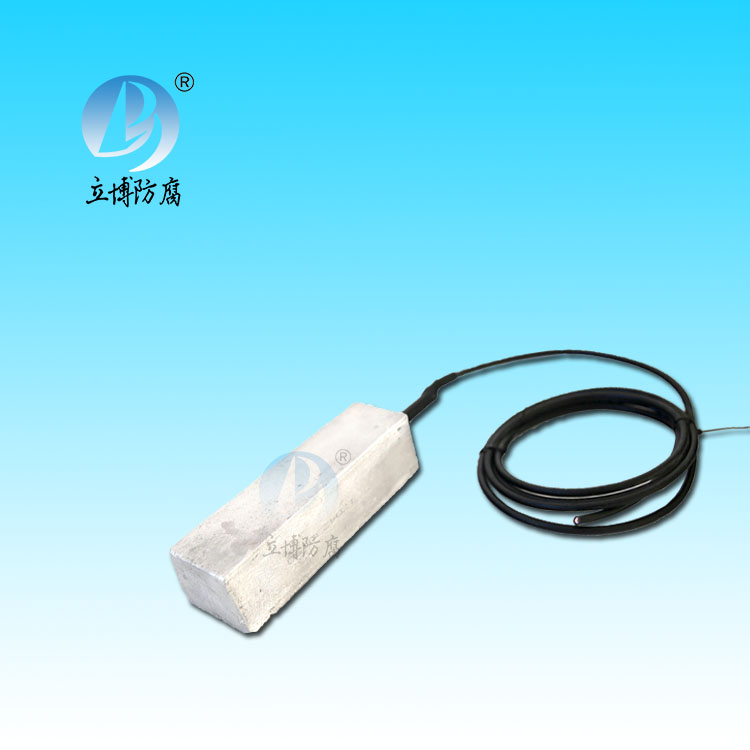News
News
- What is a sacrificial anode
- Basic requirements for reference...
- What does the reference electrode do...
- Why are zinc blocks attached to the ...
- What is the principle of impressed...
- What material does metal structure...
Contact
Phone:18739187123
hotline:0391-7588881
E-mail:970512272@qq.com
Address:Wuzhi County, Jiaozuo City, China
Company News
What is a sacrificial anode
- Author:Libo
- Source:wnovalogicworld.com
- Date:2021-12-13
- Click:0
Sacrificial anode refers to the electrolytic cell as a theoretical metal anode, the anode (metal) with the outflow of the current gradually consumed. Sacrificial anodes are usually used economically only in structures with low current requirements and in environments with low soil resistivity.
Sacrificial anodes are usually used economically only in structures with low current requirements and in environments with low soil resistivity. In addition, when there is no power supply conditions or uneconomic situations have application value. The sacrificial anode materials suitable for soil are mainly magnesium, and for seawater are zinc and aluminum.
In the fields of electricity and chemistry (batteries, circuits, cathode ray tubes, etc.), the positive electrode represents the electrode with high potential and the negative electrode represents the electrode with low potential, but for both the anode and the cathode, oxidation always occurs at the anode and reduction always occurs at the cathode.
As a sacrificial anode material, it must meet the following requirements:
1, to have enough negative stable potential;
2, the self-corrosion rate is small and uniform, to have high and stable current efficiency;
3, high electrochemical equivalent, that is, large current per unit weight;
4, the anode polarization should be small, uniform dissolution, easy to fall off the product;
5, corrosion products do not pollute the environment, no public harm;
6. Wide sources of materials, easy processing and low price.
The commonly used sacrificial anodes are magnesium - based, zinc - based and aluminum - based alloys.
Zinc is a common metal in our daily life. In the periodic table, the atomic weight of zinc is 65.4, the density is 7.14 g/cm3, the valence is +2, and the melting point is 420 degrees Celsius.







 客服QQ
客服QQ